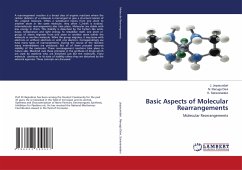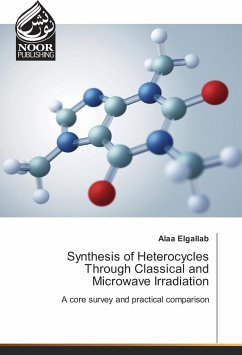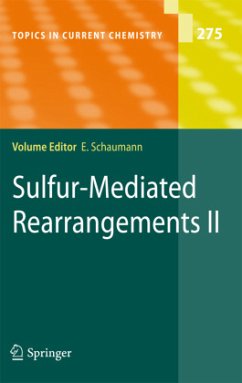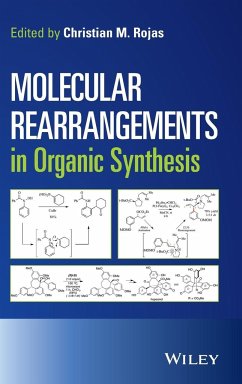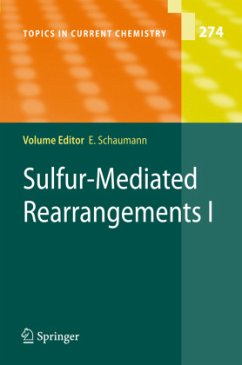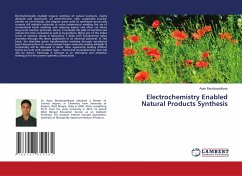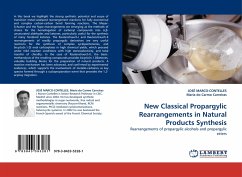
New Classical Propargylic Rearrangements in Natural Products Synthesis
Rearrangements of propargylic alcohols and propargylic esters
Versandkostenfrei!
Versandfertig in 6-10 Tagen
32,99 €
inkl. MwSt.

PAYBACK Punkte
16 °P sammeln!
In this book we highlight the strong synthetic potential and scope of transition metal-catalyzed rearrangement reactions for fully economical and complex carbon-carbon bond forming reactions. The Meyer-Schuster and the Rupe rearrangements are emerging as the methods of choice for the homologation of carbonyl compounds into , -unsaturated aldehydes and ketones, particularly useful for the synthesis of many hindered ketones. The Rautenstrauch-I and Rautenstrauch-II rearrangements of readily propargylic derivatives are very useful reactions for the synthesis of complex cyclopentenones, and bicycl...
In this book we highlight the strong synthetic potential and scope of transition metal-catalyzed rearrangement reactions for fully economical and complex carbon-carbon bond forming reactions. The Meyer-Schuster and the Rupe rearrangements are emerging as the methods of choice for the homologation of carbonyl compounds into , -unsaturated aldehydes and ketones, particularly useful for the synthesis of many hindered ketones. The Rautenstrauch-I and Rautenstrauch-II rearrangements of readily propargylic derivatives are very useful reactions for the synthesis of complex cyclopentenones, and bicyclo[n.1.0] enol carboxylates in high chemical yields, which proceed under mild reaction conditions with high stereoselectivity, and total transfer of chirality. In the case of Rautenstrauch-II, the basic-methanolysis of the resulting compounds provides bicyclo[n.1.0]ketones, valuable building blocks for the preparation of natural products. A reaction mechanism has been advanced, and confirmed by experimental evidences, which supports the involvement of metallo-carbenes as key species formed through a cyclopropanation event that precedes the 1,2-acyloxy migration.



